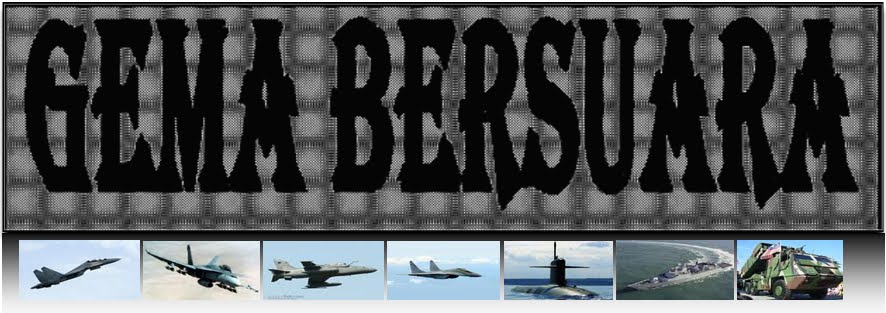
Army
The current strength of the Libyan Army consists of 25,000 volunteers with an additional ε25,000 conscripts (total 50,000). The army is organised into 11 Border Defence and 4 Security Zones, one regime security brigade, 10 Tank Battalions, 10 Mechanized Infantry Battalions, 18 Infantry Battalions, 6 Commando Battalions, 22 Artillery Battalions, 4 SSM Brigade and 7 Air Defence Artillery Battalions.
Though the Libyan army has a large amount of fighting equipment at its disposal, the vast majority was bought from the Soviet Union in the 70s and 80s and is largely obsolete. A high percentage remains in storage and a large amount of equipment has also been sold to various African countries. No major purchases of equipment have been made in recent years largely due to the decline of the economy and military sanctions experienced throughout the nineties. This and various other internal factors has seriously decayed the strength of the whole of the Libyan Armed Forces over the years and it has lagged behind its major neighbors in terms of its military capabilities and real war fighting capability.
Ground forces bases reportedly include El Adem, Ajdabiya, Aouzou, El Bayda, Benghazi, Ghat, and Misratah. In Benghazi as of 20 February 2011, the Al-Fadhil Brigade has apparently been seized while the Al-Sibyl Brigade is reportedly firing on protesters.
The Libyan ground forces have a large amount of mostly Soviet equipment in service.
The IISS estimated tank numbers in 2009 as 2,025: 200 T-72; 115 in store;100 T-62; 70 in store;500 T-55;1,040 T-54/T-55 in store.
The IISS estimated there were 50 BRDM-2 and 70 EE-9 Cascavel reconnaissance vehicles, 1,000 BMP-1s, plus BMDs.[8] Russian official sources reported in 2010 that T-72s would be modernised with help from Russia. 750 BTR-50 and BTR-60s were also reported by the IISS. Other reported wheeled vehicles in service include 100 EE-11 Urutu, and Czechoslovak OT-64 SKOT.
The IISS estimated artillery in service in 2009 as totaling 2,421 pieces. 444 SP artillery pieces were reported; 122mm 130 2S1 Carnation; 152mm 140: 60 2S3 Akatsiya; 80 M-77 Dana; 155mm 174: 14 M-109; 160 VCA 155 Palmaria. 647+ towed artillery pieces were reported: 105mm 42+ M-101; 122mm 250: 190 D-30; 60 D-74; 130mm 330 M-46; 152mm 25 M-1937. 830 Multiple rocket launchers were reported: an estimated 300 107mm Type-63; 122mm 530: ε200 BM-11; ε230BM-21 Grad; ε100 RM-70 Dana (RM-70 multiple rocket launcher?). The IISS also estimated that Libya had 500 mortars: 82mm 428; 120mm ε48 M-43; 160mm ε24 M-160. Surface to Surface Missiles reported in service include FROG-7 andSCUD-B, (416 missiles).
Anti Tank missiles reported in service include 400 French/German MILAN, and 620+ AT-3, AT-4, and AT-5, all of Soviet manufacture.
In 2009 the IISS estimated that Libya had Crotale, SA-7 Grail, SA-9/SA-13 surface to air missiles, and AA guns in Army service. A separate Air Defence Command has SA-2, SA-3, SA-5 Gammon, and SA-8b Gecko, plus guns.
Reported anti aircraft artillery includes Soviet 57 mm S-60, 23 mm self-propelled ZSU-23-4 and ZU-23-2, Czech M53/59 Praga, and Swedish Bofors 40mm guns.
Small arms reported in service include TT pistol, Beretta M12, FN P90, SKS, AK-47, and AKM assault rifles, the FN F2000, Soviet RPD machine gun, RPK machine gun, PK machine guns, DShK heavy machine gun, KPV heavy machine guns, SG-43 Goryunov, and a number of RPG type and anti-aircraft missile systems: RPG-2, RPG-7, 9K32 Strela-2.
Air & Air Defence Forces
The Libyan Air Force was created after the U.S. and UK pressured then-ruling King Idris to modernise his armed forces so that they could better stand off against revolutionary regimes in the Middle East. The LAF was created in 1963.[11] The Libyan Air Force had an estimated personnel strength of 22,000 in 2005(?). There are 13 military airbases in Libya.[12]
After U.S. forces had left Libya in 1970, Wheelus Air Base, a previous U.S. facility about seven miles from Tripoli, became a Libyan Air Force installation and was renamed Okba Ben Nafi Air Base. OBN AB housed the LPAF’s headquarters and a large share of its major training facilities.
Jets & Bombers
Mikoyan-Gurevich MiG-17 – 22;
Mikoyan-Gurevich MiG-19 – 40;
Mikoyan-Gurevich MiG-25 – 68;
Tu-22 – 25;
Dassault Mirage III – 27;
Mikoyan-Gurevich MiG-29 – 12;
Sukhoi Su-27 – 14;
The Libyan Air Defence Force is part of the Air Force and has the second largest defence network in region (second to Egypt). However the equipment – which is mainly Soviet weaponry from the 60s and 70s – is outdated and during thebombing of Libya by the US air force in 1986 it proved inefficient. Only one of the 45 attacking US aircraft was shot down. Due to an embargo during the 1980s the system could not be upgraded following the US attack.
Surface-to-Air Missiles include:
Lavochkin SA-2 Guideline – 300;
Isayev SA-3 Goa – 250;
Almaz SA-5 Gammon – 380;
S-200 missile systems – 70;
S-300 missile systems – 15;
Source : wikipedia



